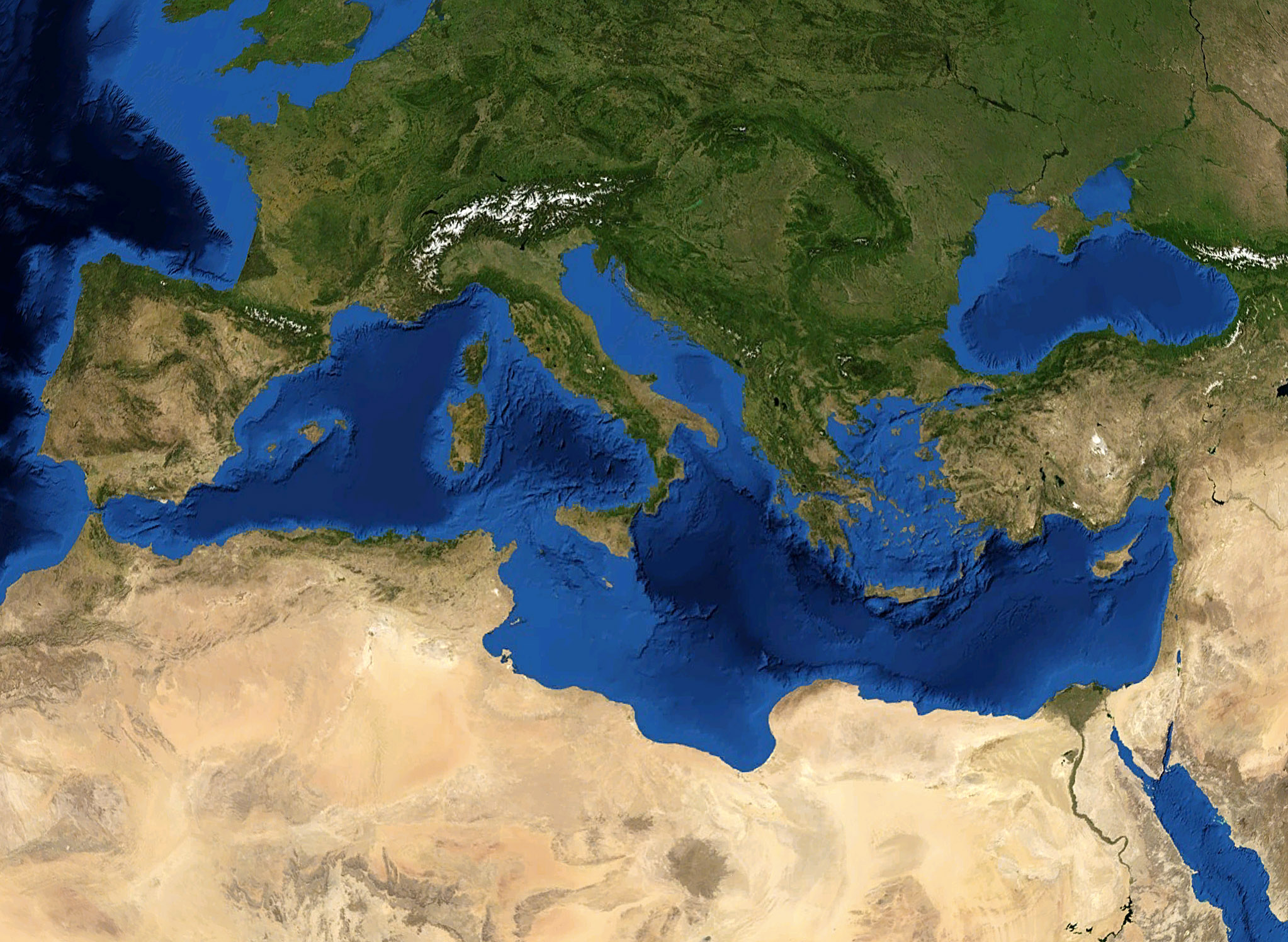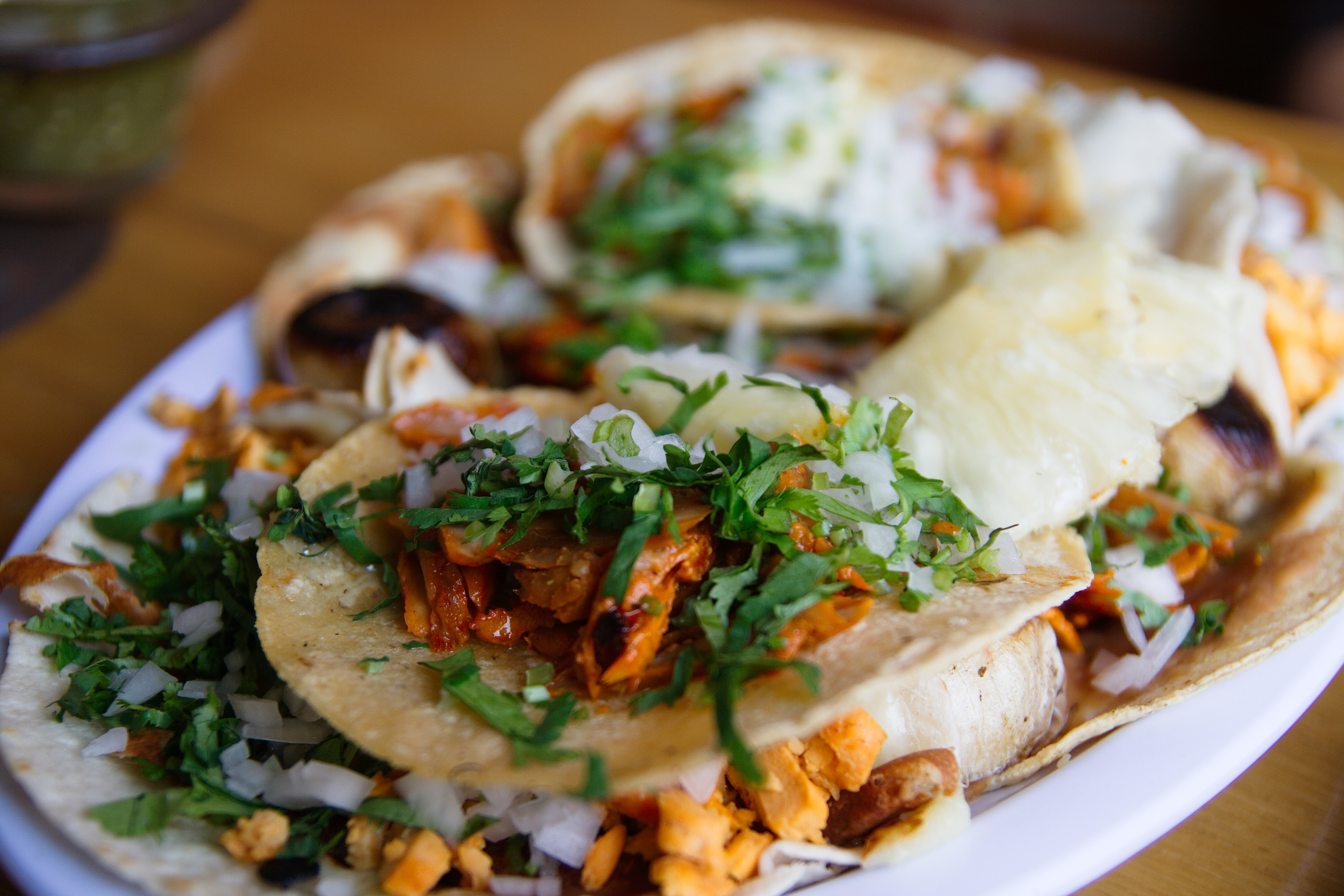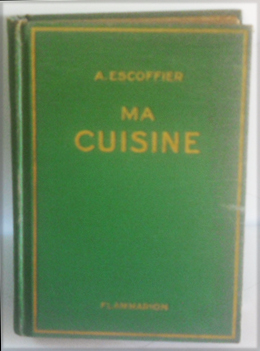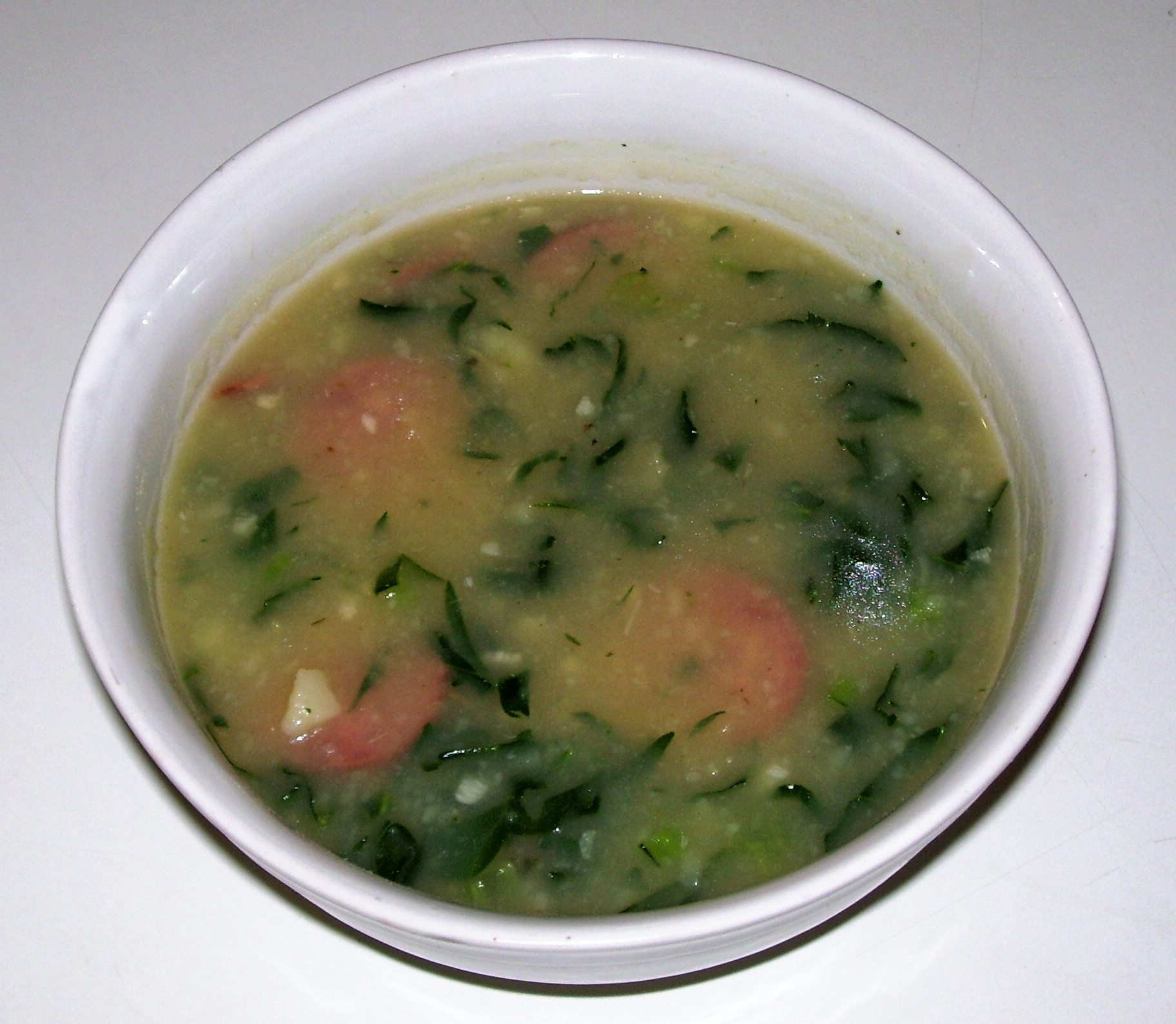|
Salpicon
Salpicon (, meaning "hodgepodge" or "medley"; ) is a dish of one or more ingredients diced or minced and bound with a sauce or liquid. There are different versions found in Spanish and the broader Latin American cuisine and Filipino cuisine. A salpicon is sometimes used as stuffing. In Mexican cuisine and Central American cuisine, the term refers to a salad mixture containing thinly sliced or chopped flank steak, onion, oregano, chile serrano, avocado, tomatoes, and vinegar. The mixture is commonly served on tostadas, tacos or as a filling of poblano peppers. In Honduras, rabbit meat is used. In Colombian cuisine, salpicón is a fruit cocktail beverage made with a base of watermelon and/or orange juice, which gives it its bright red color, and soda water. In Filipino cuisine, it is known specifically as "beef salpicao" (or rarely, "beef salpicado") and is made from seared or stir-fried tender cubes or thin strips of beef in oil, salt, black pepper, and characteristically, m ... [...More Info...] [...Related Items...] OR: [Wikipedia] [Google] [Baidu] |
Colombian Cuisine
Colombian cuisine is a culinary tradition of six main regions within Colombia: Insular, Caribbean, Pacific, Andean, Orinoco, and Amazonian. Colombian cuisine varies regionally and is influenced by Indigenous peoples in Colombia, Indigenous Colombian, Spanish cuisine, Spanish, and African cuisine, African cuisines, with a slight Arab cuisine, Arab influence in some regions. History of Colombian food Colombian food is a unique blend of indigenous, European traditions, and Afro-Caribbean influences. The two largest indigenous groups prior to European conquest were the Tairona, who lived along the Caribbean coast, and the Muisca, who lived in the highlands to the South. Arepas, made from ground corn, is one of the oldest cooked dishes in Colombian cuisine and a popular modern dish. It is believed that the name derives from the word for corn in the Chibcha language, Chibcha languages. Regional cuisines Colombian dishes and ingredients vary widely by region; however, some of the mo ... [...More Info...] [...Related Items...] OR: [Wikipedia] [Google] [Baidu] |
Southern Europe
Southern Europe is also known as Mediterranean Europe, as its geography is marked by the Mediterranean Sea. Definitions of southern Europe include some or all of these countries and regions: Albania, Andorra, Bosnia and Herzegovina, Bulgaria, Croatia, Cyprus, Gibraltar, Greece, Italy, Kosovo, Malta, Monaco, Montenegro, North Macedonia, Portugal, San Marino, Serbia, Slovenia, southern France, Wallachia, southern Romania, Spain, Turkey, and Vatican City. Southern Europe is focused on the three peninsulas located in the extreme south of the European continent. These are the Iberian Peninsula, the Italian Peninsula, and the Balkans, Balkan Peninsula. These three peninsulas are separated from the rest of Europe by towering mountain ranges, respectively by the Pyrenees, the Alps and the Balkan Mountains. The location of these peninsulas in the heart of the Mediterranean Sea, as well as their mountainous reliefs, provide them with very different types of climates (mainly subtropics, ... [...More Info...] [...Related Items...] OR: [Wikipedia] [Google] [Baidu] |
Taco
A taco (, , ) is a traditional Mexican cuisine, Mexican dish consisting of a small hand-sized corn tortilla, corn- or Flour tortilla, wheat-based tortilla topped with a Stuffing, filling. The tortilla is then folded around the filling and finger food, eaten by hand. A taco can be made with a variety of fillings, including beef, pork, chicken, seafood, beans, vegetables, and cheese, and garnished with various condiments, such as salsa (sauce), salsa, guacamole, or sour cream, and vegetables, such as lettuce, coriander, onion, tomatoes, and Chili pepper, chiles. Tacos are a common form of antojitos, or Mexican street food, which have spread around the world. Tacos can be contrasted with similar foods such as burritos, which are often much larger and rolled rather than folded; taquitos, which are rolled and fried; or chalupas/Tostada (tortilla), tostadas, in which the tortilla is fried before filling. Etymology The origins of the taco are not precisely known, and etymologies for ... [...More Info...] [...Related Items...] OR: [Wikipedia] [Google] [Baidu] |
Groupe Flammarion
Groupe Flammarion () is a French publishing group, comprising many units, including its namesake, founded in 1876 by Ernest Flammarion, as well as units in distribution, sales, printing and bookshops ( La Hune and Flammarion Center). Flammarion became part of the Italian media conglomerate RCS MediaGroup in 2000. Éditions Gallimard acquired Flammarion from RCS MediaGroup in 2012. Subsidiaries include Casterman. Its headquarters in Paris are in the building that was the former Café Voltaire (named in honour of the writer and philosopher Voltaire), located on the Place de l'Odeon in the current 6th arrondissement of Paris. Flammarion is a subsidiary of Groupe Madrigall, the third largest French publishing group. History Ernest Flammarion successfully launched his family publishing venture in 1875 with the ''Treaty of Popular Astronomy'' of his brother, the astronomer Camille Flammarion. The firm published Émile Zola, Maupassant, and Jules Renard, as well as Hector Malot, ... [...More Info...] [...Related Items...] OR: [Wikipedia] [Google] [Baidu] |
Auguste Escoffier
Georges Auguste Escoffier (; 28 October 1846 – 12 February 1935) was a French chef, restaurateur, and culinary writer who popularised and updated traditional French cooking methods. Much of Escoffier's technique was based on that of Marie-Antoine Carême, one of the codifiers of French ''haute cuisine''; Escoffier's achievement was to simplify and modernise Carême's elaborate and ornate style. In particular, he codified the recipes for the five mother sauces. Referred to by the French press as ''roi des cuisiniers et cuisinier des rois'' ("king of chefs and chef of kings"—also previously said of Carême), Escoffier was a preeminent figure in London and Paris during the 1890s and the early part of the 20th century. Alongside the recipes, Escoffier elevated the profession. In a time when kitchens were loud, riotous places where drinking on the job was commonplace, Escoffier demanded cleanliness, discipline, and silence from his staff. In bringing order to the kitchen, he t ... [...More Info...] [...Related Items...] OR: [Wikipedia] [Google] [Baidu] |
Le Guide Culinaire
''Le Guide Culinaire'' () is Georges Auguste Escoffier's 1903 French restaurant cuisine cookbook, his first. It is regarded as a classic and still in print. Escoffier developed the recipes while working at the Savoy, Ritz and Carlton hotels from the late 1880s to the time of publication. The hotels and restaurants Escoffier worked in were on the cutting edge of modernity, doing away with many overwrought elements of the Victorian era while serving the elite of society. History The first edition was printed in 1903 in French, the second edition was published in 1907, the third in 1912, and the current fourth edition in 1921. Many of the recipes Escoffier developed while working at the Savoy in London, and later the Ritz in Paris. He kept notes on note cards. Recipes were often created and named for famous patrons including royalty, nouveaux riches, and artists. After leaving the Savoy in 1898, he began work on the book. Usage and style The original text was printed for the use ... [...More Info...] [...Related Items...] OR: [Wikipedia] [Google] [Baidu] |
Portuguese Cuisine
Portuguese cuisine () consists of the traditions and practices of cooking in Portugal. The oldest known book on Portuguese cuisine, entitled ''Livro de Cozinha da Infanta D. Maria de Portugal'', from the 16th century, describes many popular dishes of meat, fish, poultry and others. ''Culinária Portuguesa'', by António-Maria De Oliveira Bello, better known as Olleboma, was published in 1936. Despite being relatively restricted to an Atlantic Ocean, Atlantic, Celtic sustenance, the Portuguese cuisine also has strong French cuisine, French and Mediterranean cuisine, Mediterranean influences. The influence of Portugal's spice trade in the Portuguese East Indies, East Indies, Africa, and the Americas is also notable, especially in the wide variety of spices used. These spices include ''piri piri'' (small, fiery chili peppers), white pepper, black pepper, saffron, paprika, clove, allspice, cumin, cinnamon and nutmeg, used in meat, fish or multiple savoury dishes from Continental Po ... [...More Info...] [...Related Items...] OR: [Wikipedia] [Google] [Baidu] |
Philippine Spanish
Philippine Spanish ( or ) is the variety of standard Spanish spoken in the Philippines, used primarily by Spanish Filipinos. Spanish as spoken in the Philippines contains a number of features that distinguishes it from other varieties of Spanish, combining features from both Peninsular and Latin American varieties of the language. Philippine Spanish also employs vocabulary unique to the dialect, reflecting influence from the native languages of the Philippines as well as broader sociolinguistic trends in Spanish, and is considered to be more linguistically conservative and uniform than Spanish spoken elsewhere. Officially regulated by the Philippine Academy of the Spanish Language (AFLE), up to a million people in the Philippines are claimed to be either proficient in or have knowledge of Spanish, with around 4,000 people claiming Spanish as their native language, although estimates vary widely. Distribution and number of speakers Philippine Spanish speakers may be foun ... [...More Info...] [...Related Items...] OR: [Wikipedia] [Google] [Baidu] |
Oyster Sauce
Oyster sauce describes a number of sauces made by cooking oysters. The most common in modern use is a viscous dark brown condiment made from oyster extracts,The Times, 22 January 1981; ''Cook Accidentally on purpose'' sugar, salt and water, thickened with corn starch (though original oyster sauce reduced the unrefined sugar through heating, resulting in a naturally thick sauce due to caramelization, not the addition of corn starch). Today, some commercial versions are darkened with caramel, though high-quality oyster sauce is naturally dark. It is commonly used in Chinese, Thai, Indonesian, Malay, Vietnamese, and Khmer cuisine. Production Oyster sauce production began in China no later than the mid-1870s. Oysters were boiled in three iron basins for half an hour, then removed for drying on rattan either by sun or over a moderate fire. The water from the basins was reduced in a fourth basin to "a blackish sauce". Seawater, salt and/or soy could be added. Today, most oyst ... [...More Info...] [...Related Items...] OR: [Wikipedia] [Google] [Baidu] |
Worcestershire Sauce
Worcestershire sauce or Worcester sauce (UK: ) is a fermented liquid condiment invented by pharmacists John Wheeley Lea and William Henry Perrins in the city of Worcester in Worcestershire, England, during the first half of the 19th century. The inventors went on to form the company Lea & Perrins. Worcestershire sauce has been a generic term since 1876, when the High Court of Justice ruled that Lea & Perrins did not own a trademark for the name "Worcestershire". Worcestershire sauce is used directly as a condiment on steaks, hamburgers, and other finished dishes, and to flavour cocktails such as the Bloody Mary and Caesar. It is also frequently used to augment recipes such as Welsh rarebit, Caesar salad, Oysters Kirkpatrick, and devilled eggs. As both a background flavour and a source of umami (savoury), it is also added to dishes such as beef stew and baked beans. History Fish-based fermented sauces, such as garum, date back to antiquity. In the seventeenth centur ... [...More Info...] [...Related Items...] OR: [Wikipedia] [Google] [Baidu] |
Soda Water
Carbonated water is water containing dissolved carbon dioxide gas, either artificially injected under pressure, or occurring due to natural geological processes. Carbonation causes small bubbles to form, giving the water an effervescent quality. Common forms include sparkling natural mineral water, club soda, and commercially produced sparkling water. Club soda, sparkling mineral water, and some other sparkling waters contain added or dissolved minerals such as potassium bicarbonate, sodium bicarbonate, sodium citrate, or potassium sulfate. These occur naturally in some mineral waters but are also commonly added artificially to manufactured waters to mimic a natural flavor profile and offset the acidity of introducing carbon dioxide gas giving one a fizzy sensation. Various carbonated waters are sold in bottles and cans, with some also produced on demand by commercial carbonation systems in bars and restaurants, or made at home using a carbon dioxide cartridge. It is thou ... [...More Info...] [...Related Items...] OR: [Wikipedia] [Google] [Baidu] |





